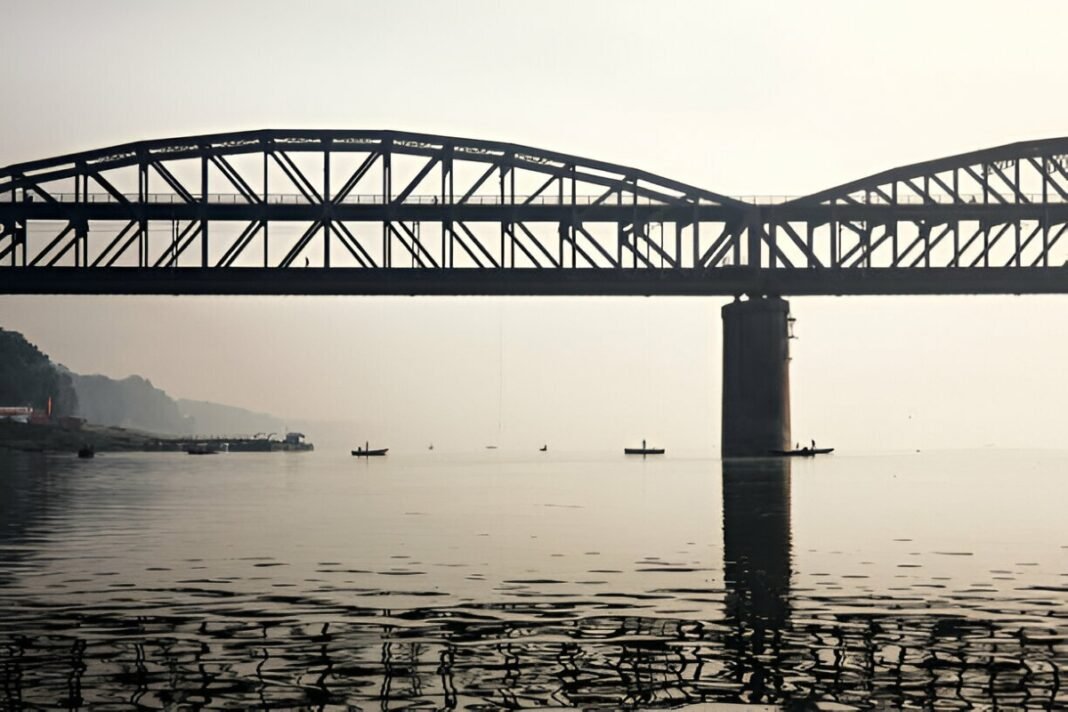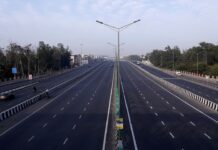A significant milestone was achieved by the National High Speed Rail Corporation Limited (NHSRCL) with the successful launch of a 130-metre-long steel bridge over the Delhi-Mumbai National Expressway near Vadodara, Gujarat. This bridge, weighing 3000 metric tons, is a critical component of the Mumbai-Ahmedabad Bullet Train project, showcasing India’s progress in high-speed rail infrastructure under the “Make in India” initiative.
The entire process of launching the bridge was completed within 24 hours, with intermittent breaks to allow road traffic to pass. Despite its massive weight and size, the bridge stands 18 metres high and 14.9 metres wide. It was fabricated in Wardha, Maharashtra, and transported to the installation site via trailers. Notably, it could potentially be the longest steel bridge over a national highway in India.
Fabrication of this massive structure required approximately 124,246 Tor-Shear Type High Strength (TTHS) bolts. The bridge features a C5 system painting and metallic spherical bearings, ensuring a lifespan of 100 years. Assembling the bridge on-site involved elevating it 15 metres from the ground using temporary trestles. An automatic mechanism, comprising two semi-automatic jacks with a capacity of 250 tons each, utilised Mac-alloy bars to pull the bridge into place.
This project exemplifies meticulous execution, maintaining the highest standards of safety and engineering excellence. It leverages Japanese expertise while utilising India’s technical and material resources. This steel bridge is a prime example of the “Make in India” initiative in action, showcasing the country’s growing capabilities in infrastructure development.
India has extensive experience in fabricating steel bridges for heavy haul and semi high-speed trains operating between 100 and 160 km/h. This expertise is now being applied to the Bullet Train corridor, which will boast an operational speed of 320 km/h. The successful launch of this steel bridge underscores India’s capability to undertake complex infrastructure projects, paving the way for the country’s high-speed rail future.





